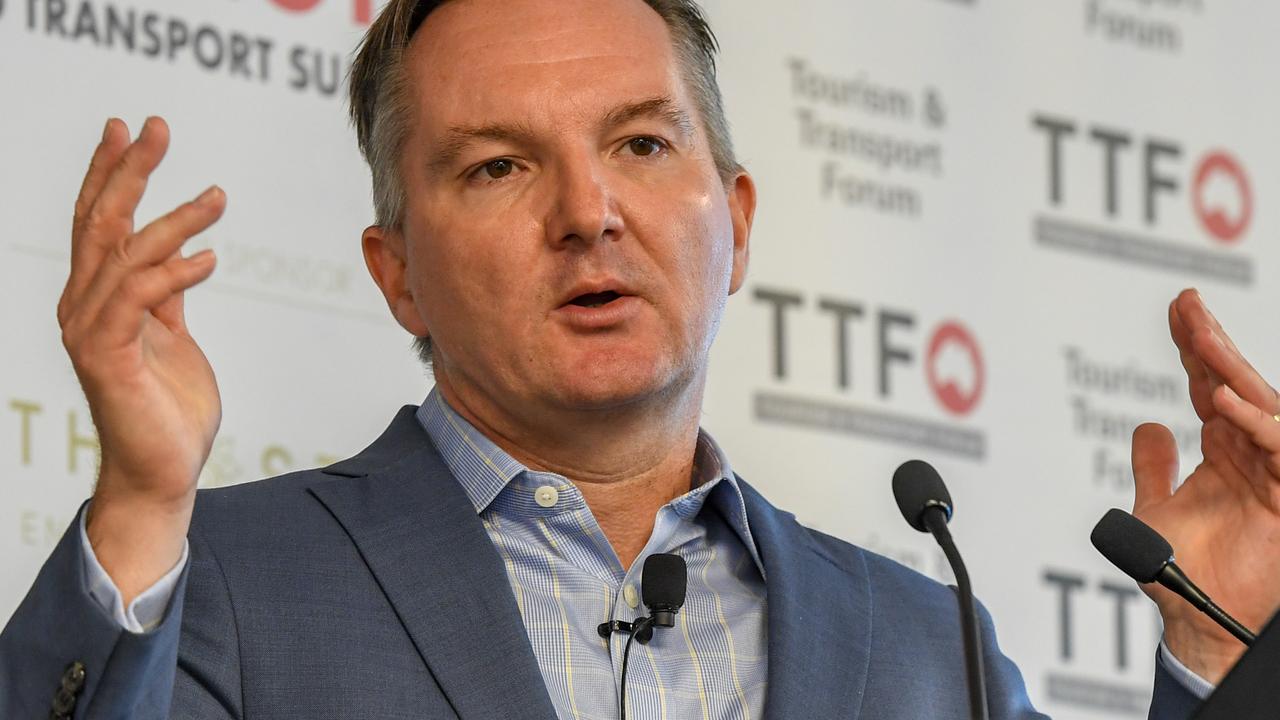
And, as I will explain later when setting out the required terms of an inquiry, I’ve discovered that Reserve Bank officials and university Vice Chancellors have been given special superannuation treatment. We can only speculate on the reasons.
So, while politicians on both sides attack people trying to save money for retirement and look to cut social benefits over a wide area, the increasing cost of the public service’s defined benefit superannuation rort offsets the planned revenue gains from much of the community clamps.
The whistle was blown this week when David Uren uncovered in The Australian that many top public servants, via the remuneration tribunal and other means, have engineered pay rises of 70 per cent since the global financial crisis in 2006, with some earnings approaching $1 million. (Bureaucrats eye $1m pay despite flat wage growth, August 24)
But the salary bill is the side play. The big gains for the top public servants come from the way those salary increases lift their final (or final average) salary and therefore the worth of their pension entitlement.
The bonanza rewards only go to public servants who joined the service before June 30, 2005, so there is now a two-tier scale of pay, with most of the top public servants — the ones who received the big remuneration rises — participating in the defined benefit superannuation bonanza and associated rorts. The newcomers miss out.
Frankly, there is much waste and duplication in the public service and, as the census showed, it has fallen behind technologically (Bad decisions lie behind census debacle, August 12)
We desperately need top people from the outside to help fix up the mess.
Salaries need to be competitive with the private sector but the salary structure has been set up in a way that discriminates against talented newcomers who receive much lower rewards than the old mandarins. It is a national scandal that will impact on our long-term future.
The official shortfall of the public service pension scheme is around $200 billion but that shortfall does not take into account the full extent of the latest huge salary hikes at the top plus the rorts that have been inserted into the system.
As a result, my actuarial advisers tell me that the real shortfall is between $400bn and $600bn and is rising at around $6bn a year.
And most of the shortfall problem is among the public servants at the top levels — the people whom we now know received the big pay hikes.
Last year, soon after Scott Morrison took office, I alerted the Treasurer to the public service pension problem and he acknowledged that alert on budget night (The superannuation review must include the public service, November 16). And in fairness he tackled some of the problems (The Treasurer’s welcome attack on public service pension rorts, May 17).
But Uren’s salary rise revelations reveal that Morrison did not go nearly far enough.
Let’s look at how it works. If you joined the public service before June 30, 2005 and are now at the top level, then your salary becomes a side bar. The real gain from a salary rise is not the after tax dollars that go into your pocket but the increased value of your defined benefit pension.
And so those top pubic servants that pocketed, say, a $300,000 pay rise since 2006, were in fact handed an additional superannuation benefit of around $3m via the increased value of their pension scheme.
And if they acquire a spouse or partner after retirement then the pension keeps being paid to that new partner after death so the increased worth of the superannuation entitlement may be much greater than $3m.
Some of the public servants who received $3m-plus worth of extra pension entitlement are the very people that gave Morrison the advice that he should attack the ability of ordinary Australians trying to save for their retirement. The yearly amount that the budget measures plan to extract from ordinary Australians in superannuation just about equals the annual rise in cost of the public service defined benefit superannuation. I wonder if the public servants understood this.
The answer is straightforward and there are precedents.
Telstra, as it moved from the public to the private sector, had the same problem -- the worth of the salaries it paid executives who were not in the defined benefit fund bore no relationship to worth of salaries of those in the fund. That’s an impossible situation for a public company. Telstra overcame the problems by refusing to grant salary rises to those in the bonanza public service scheme. From time to time these people received bonuses. Newcomers received higher salaries but did not participate in the bonanza.
Qantas went even further and effectively froze the defined benefits. The Australian Parliament should either follow Telstra or Qantas.
The Parliamentary Inquiry needs to look at these points:
- Why were huge salary rises given to the top older public servants when they boosted the public service pension deficit so dramatically and therefore established the basis for pay discrimination against much-needed new comers
- Why have these huge salary rises not been factored into the actuarial deficit which basis its predictions on the normal average rises in salary. I emphasis that the vast bulk of public servants have seen nothing like the mandarin increases.
- How was the scheme amended so that after retirement a public servant whose spouse has died can partner with another person (male or female) and on the public servant’s death the new partner receives just over 67 per cent of the public servant’s pension (it’s 80 per cent for politicians). Nothing like that is available in the private sector annuity market because it would cost a fortune. Ask Challenger.
- The original actuarial calculation assumed that about 10 per cent of public servants were gay or for some reason would not have a dependent on retirement. The new situation allows for same sex partners which boosts the short fall.
- The expected life span of retired servants, like the rest of the community, has become much longer, so the actuarial sums must take account of this .
- Back in 2007, all members of the defined benefits funds were exempted from a penalty tax on contributions. In 2016, that exemption was lifted (from July 2017) but only for members of unfunded defined benefit funds. The exemption still applies to funded schemes. Why should there be a difference between funded and unfunded schemes?
Unlike the public service scheme, the Reserve Bank scheme is fully funded, as are most of the university funds, so members of these funds are not covered by the new rules. The people in these organisations on top salaries, like vice chancellors and top Reserve Bank executives, are the winners. Any royal commission needs to probe deeply to discover the motivations behind these exemptions. I am not alleging improper practices.
We need to go back to basics. What is the point of lopping $6bn or so a year from private sector superannuation people when the public service bill is rising by about $6bn? Surely the $6bn annual public service superannuation deficit rise must also be attacked.
I think in the interest of balance and apparent fairness, no top public servant who has a defined benefit fund entitlement should be allowed to participate in the private sector superannuation deliberation.
Talk business with some of Australia’s most experienced commentators at a member Q&A. Find out more or book tickets here.







The public servants’ defined benefit superannuation scheme has become one of the greatest scandals in the nation. We desperately need a parliamentary inquiry (some would say a royal commission) into the way the salary setting system has been manipulated in a way that is costing the nation hundreds of billions of dollars.